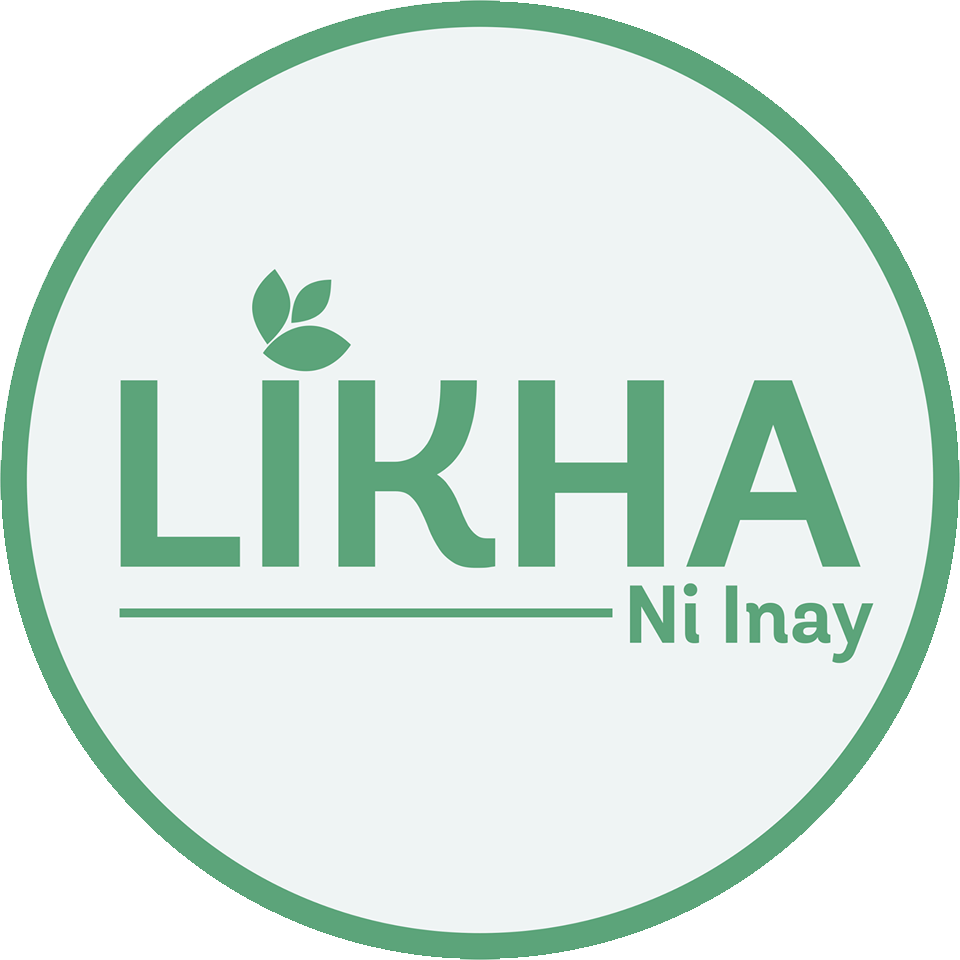How I learned about microfinance for education out of a failed micro-housing loan
FOR this article, I would like to thank my colleagues from the Center for Agriculture and Rural Development Mutually Reinforcing Institution (CARD MRI) — Marilyn Magampon-Manila and Cyrene DC Lubigan — for their contribution.
This article is for those who are not familiar about microfinance, especially on how it supports the education of every marginalized household. By definition, microfinance is the provision of financial services offered in small amounts, usually ranging from P5,000 up to P100,000, paid in affordable installments. Loans are usually availed of by micro-entrepreneurs and socio-economically challenged families which cannot access financial services from traditional banks.
My story dates back to the time when I was in my fifth year working as a credit manager for CARD. I was part of the team that handled the pilot testing of micro-housing loans, and I gained a valuable wisdom that is somehow different. On the second year of the implementation of the housing loan, we faced collection problems. Surprisingly, the loss was more of a gain; I learned the value of educating our nanays/microentrepeneurs about investment.
The failure was due to bad loan design which led to repayment problems for several clients. Despite the setback, we kept on improving the loan design believing that the product was useful and needed by our clients. Part of the process of how to improve it was interviewing clients and understanding those who were paying on time and those who had difficulty paying. Two major factors that affected the repayment were the principal borrower’s number of sources of income and whether the principal borrower was receiving financial support from sons or daughters who were college graduates with jobs.
That became an “Aha!” moment for me. I was transformed into a believer of microfinance education loan as a way out of poverty. The education loan program became a religious effort for me (every time there’s a chance) to encourage socio-economically challenged families to invest in education no matter how hard it is for them. Fortunately, this personal advocacy of mine was scaled up by my employer, CARD MRI, and thanks to the late Washington SyCip for his genuine effort of supporting CARD in the initial inception of the CARD Educational Loan.
In general, the basic features of the education loan program of CARD MRI include purposive selection of the locations where it is to be offered (poor provinces with low literacy rate), lower interest rate compared to regular microfinance loan, and flexibility in its use (purpose can be related to any educational expense that range from school supplies expenses to tuition).
The financial institutions of CARD MRI — CARD, Inc. (a microfinance NGO), CARD Bank, Rizal Bank Inc., and CARD SME Bank, Inc. — then started implementing the education loan. The program first catered to those students who were in high school and college. In the early stage of implementation, it was noticed that more dropouts were seen in the elementary level. To make the education support more inclusive and holistic in approach, CARD MRI together with the WS Family Foundation launched the Zero Dropout program. This was to help the children from poor families complete elementary schooling.
To further reinforce the effort, CARD MRI launched the “One Family, One Graduate” program. The program is an effort of CARD MRI to ensure that for every family it serves nationwide, one will graduate from college.
As of August 2018, CARD MRI has supported 799,151 students with P472 million in loan outstanding through its microfinance education.
Ever since it was launched, I contributed in my own simple way through conduct of regular monitoring of microfinance branches portfolio not only on the achievement of its regular financial targets but also making sure that loans related to education and its importance are being properly communicated to CARD clients/nanays by our account officers. If given an opportunity to tell my story, I often tell them about what I learned from the setback of the housing microfinance implementation. I tell them the stories of nanays I know who invested in their children’s education and have turned their families’ lives around.
In this article, I tried to communicate the value and use of microfinance as a platform to eradicate poverty through education. However, it is important to note that though CARD has provided a means for these nanays/microentrepreneurs to change their lives for the better, microfinance is just one tool to eradicate poverty. With the government’s support to push for more affordable and quality education, even more families can escape the claws of poverty.
manilatimes.net

